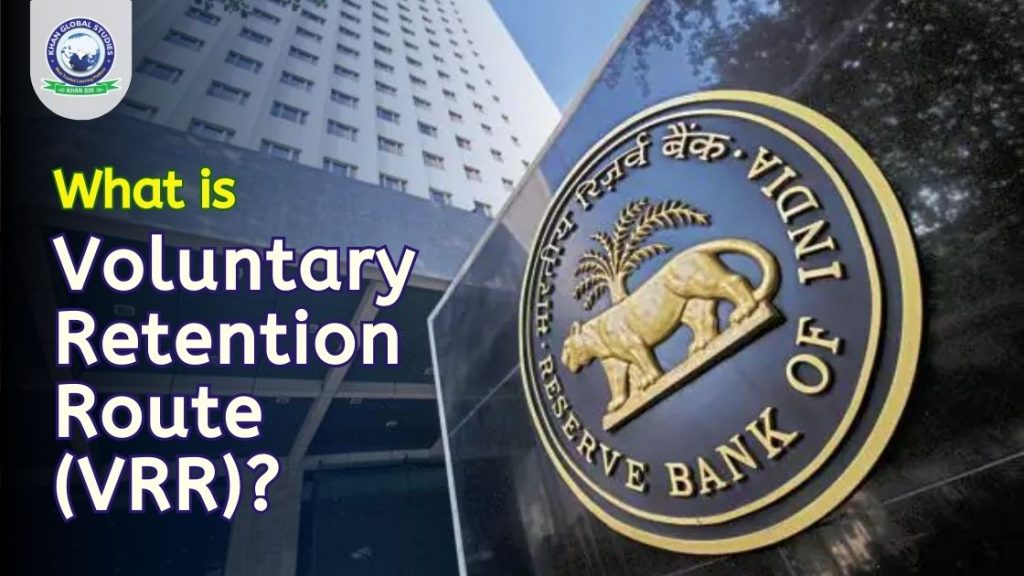The Voluntary Retention Route (VRR) is a channel launched by the Reserve Bank of India (RBI) to enable Foreign Portfolio Investments (FPIs) to invest in the debt markets in India. The RBI made several changes to the voluntary retention route (VRR) it proposed in March 2019 to woo FPIs into India. The VRR channel has waived the residual maturity and concentration norms for FPIs who commit to holding their Indian bonds for the minimum tenure outlined by the RBI.
What is the Voluntary Retention Route?
The Reserve Bank of India (RBI) launched the Voluntary Retention Route (VRR), a channel that enables FPIs to invest in the debt markets in India. All investments made through this channel are free from macro-prudential and other regulatory prescriptions applicable to FPI investments in the debt markets. However, FPIs must voluntarily commit to maintaining the required minimum percentage of their investment in India for a period of their choice.
When was VRR introduced?
In March 2019, the Reserve Bank of India introduced VRR as a separate channel. This allowed FPIs to invest in the debt markets in India when the Indian rupee was weakening against the US dollar.
More information on the Voluntary Retention Route
Main objective: The main objective of the Voluntary Retention Route (VRR) is to attract long-term and stable FPI investments in India’s debt markets while providing operational flexibility to FPIs to manage their investments.
Eligible: Any entity registered as FPI with SEBI can invest through this channel.
Investment Terms
Here are the terms of investment through VRR, which are important for the IAS exam:
- The total investment amount through VRR is shown separately for Corporate Debt (VRR-Corp) and Government Securities (Central Government Securities and State Development Debt, VRR-Gov).
- The total investment amount under VRR-Govt and VRR-Corp is subject to individual allocation to FPIs through the auction process.
- In the auction, the allocation of the investment amount to each FPI, known as the Committed Portfolio Size (CPS), depends on the retention period initially proposed by the FPI at the time of bidding.
- Investment amounts are about the face value of the securities.
- After the auction, the CPS allotted to the FPI will have to invest in the debt instruments and maintain the same during the voluntary retention period. The minimum investment during this period should be 67% of the total CPS.
Impact of VRR on Indian Currency
The impact of VRR on the Indian currency is significant. Here are some points to consider:
- An increase in FPI inflows due to VRR may increase the circulation of dollars in the Indian economy, thereby appreciating the value of the Indian rupee against the US dollar.
- VRR can contribute to the growth of the Indian economy by attracting long-term and stable FPIs into the country’s debt markets.
FAQs
Question: What is the full form of VRR?
Answer: VRR – Voluntary Retention Route.
Question: What is the minimum tenure under this investment?
Answer: The minimum time under this investment is currently three years or as decided by the Reserve Bank of India for each auction.
Question: What is the maximum amount that FPIs can invest through VRR?
Answer: The limit for investment by FPIs under VRR has increased from earlier Rs 75,000 crore to Rs 1,50,000 crore. Investments made through this channel will be allocated on a first-come, first-served basis.
Question: How is VRR beneficial for investors?
Answer: Investments made by investors through VRR are free from macro-prudential and other regulatory prescriptions. These apply only to FPI investments in India’s debt markets. However, the time limit set by the central bank is 3 years.



